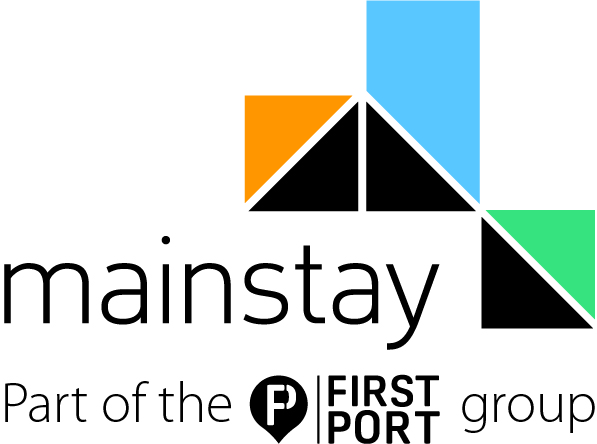The New Way To Compete In BTR Is To Offer Less

More and more build-to-rent operators have been piling into the market in the past 12 months. In the first half of 2021, a record £2.35B was invested in the UK BTR sector, according to Knight Frank. Of that investment, 70% was for schemes outside London, highlighting the growing popularity of BTR in many markets.
As more BTR blocks are completed, operators will face growing competition to attract tenants. While many operators have added services and amenities to attract residents, there could be another way, according to Felix Keen, director of investor services at residential property management firm Mainstay, part of the FirstPort Group.
“BTR in the UK has grown from the U.S. model, which is all about lifestyle choice,” Keen said. “But today value is growing in BTR possibly at the expense of that lifestyle. There’s of course still a huge element of offering services because BTR is upmarket renting, but as more buildings have come to market, the need to manage costs has become clearer. And as our cities evolve post-Covid, the need to offer everything in one building might lessen.”
To a BTR operator, controlling costs against fixed rents is paramount. Offering an extra service or amenity will eat into profit margins and is only worth it if residents value it highly. There has to be a reason why a resident might choose BTR over open-market renting, namely the extra services and amenities, but there’s a limit to how much a potential resident will pay.
In a post-pandemic world, the concept of the 15-minute city is also evolving — the idea that everything a person needs and wants is right on their doorstop. Neighbourhoods in city centres and in suburban locations are slowly transforming to offer more to residents that have spent far more time in the local area in the past 18 months.
“If you work from home, you want a lifestyle around you that provides what you need, but the BTR provider doesn’t have to offer it all,” Keen said. “Increasingly, there may be more services offered in suburban locations as people continue to work from home, which might mean that BTR operators don’t have to provide so much in their buildings.”
Keen highlighted how what a building needs to offer is extremely location dependent. The local rental price point is a big driver for what can be offered. A building in a well-developed area might be able to attract residents with its high-spec fit-out, without needing to offer extra cafés and workspaces, for example. A building in a less well-connected area, however, might benefit from offering more.
Buildings that don’t have all the bells and whistles are still likely to attract tenants that are seeking more long-term security than can be found in open market renting, Keen said.
“A good BTR operator offering slightly above market rent for a contract of two to five years with bundled services might be an extremely attractive proposition in the rental market,” he said. “People are crying out for long-term security, and they can still get some of the BTR lifestyle benefits. They’ll be drawn to a long-term rent at a guaranteed affordable price, without the need to move and pay a new deposit each year.”
Forecasts suggest that the BTR sector is likely to continue to grow at speed, but Keen said he believes that the model will continue to be refined.
“The industry is still learning lessons about what really works in terms of services and the lifestyle an operator is offering,” he said. “Since the government taskforce in 2015, money has been pumped into the sector, but we’ve only had two or three years of buildings operating on enough scale to see what works and what doesn’t.”
As more operators test out their models, it will become increasingly apparent how to attract tenants and exactly which services are the most important. Each market will find its own sweet spot and it might just turn out that less is more.
This article was produced in collaboration between Mainstay, part of the FirstPort Group, and Studio B. Bisnow news staff was not involved in the production of this content.
Studio B is Bisnow’s in-house content and design studio. To learn more about how Studio B can help your team, reach out to studio@bisnow.com.

